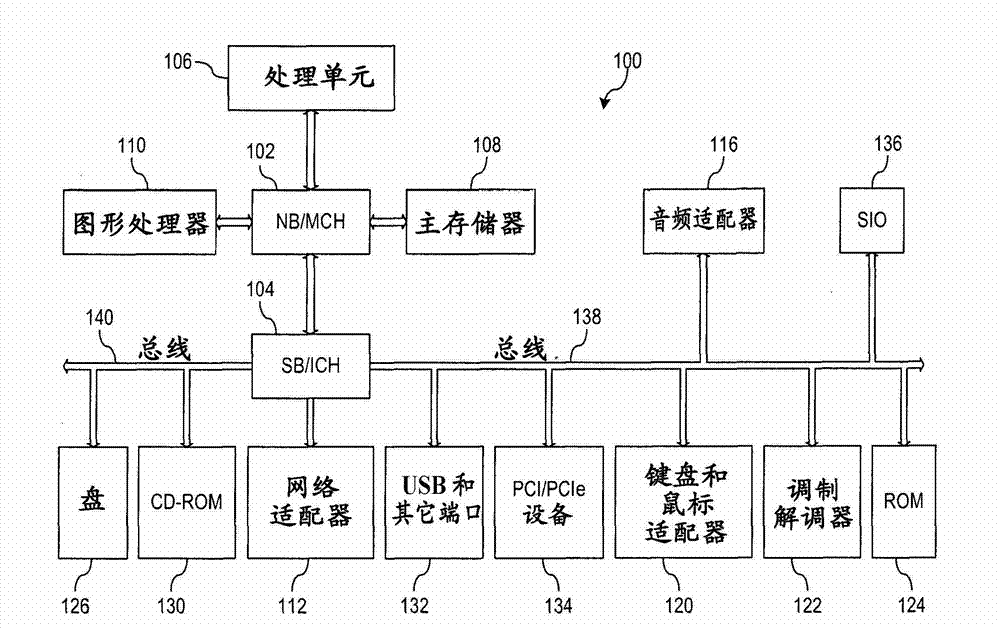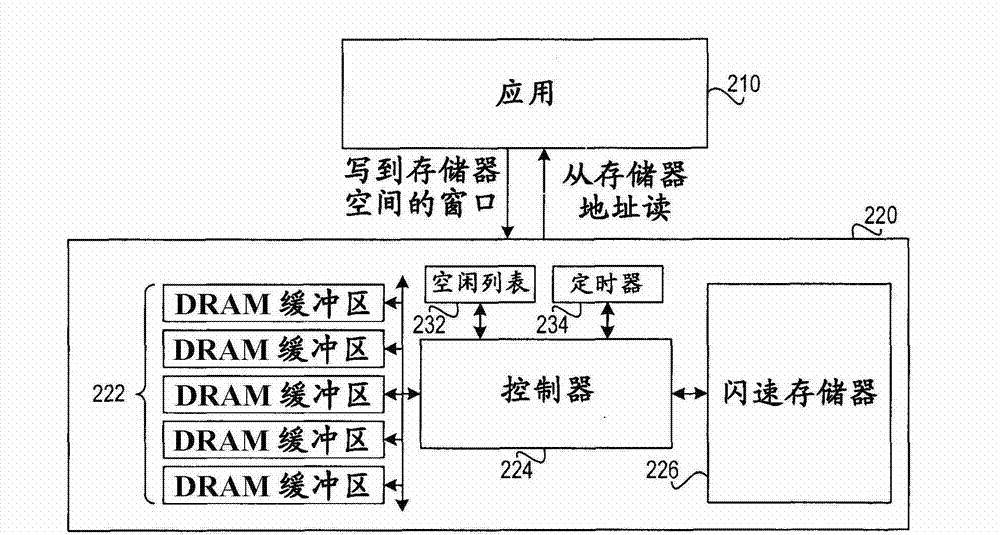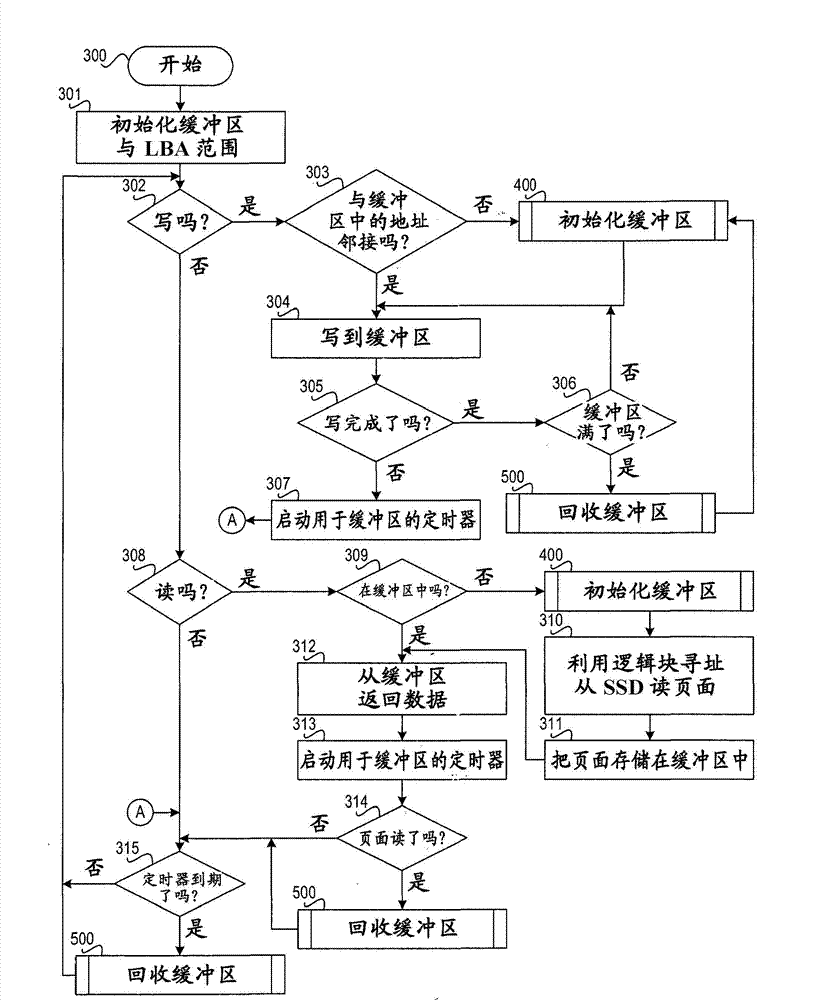Method and system for direct memory address for solid-state drives
A solid-state drive, memory address technology, applied in memory systems, memory address/allocation/relocation, instruments, etc., can solve problems such as increasing waiting time
- Summary
- Abstract
- Description
- Claims
- Application Information
AI Technical Summary
Problems solved by technology
Method used
Image
Examples
Embodiment Construction
[0019] Exemplary embodiments provide mechanisms for direct memory addressing of solid state drives. This mechanism provides the translation from memory addressing to sector addressing in solid state drives. This mechanism utilizes a window of addresses accessible by the host to initialize the solid-state drive. The host writes blocks of data directly to the memory address window, and thus directly to the solid-state drive, rather than making calls to the drive. Solid state drives include multiple memory buffers. The mechanism writes data written by the host to a memory buffer, maps memory address ranges to sectors in the solid state drive, and writes data to the solid state drive using Logical Block Addressing (LBA). A host can have multiple threads active at the same time. This means that the host can write to an address at X, then address Y and return, and write to the next consecutive address after X. Although the number of buffers has no effect on the present invention...
PUM
 Login to View More
Login to View More Abstract
Description
Claims
Application Information
 Login to View More
Login to View More - R&D Engineer
- R&D Manager
- IP Professional
- Industry Leading Data Capabilities
- Powerful AI technology
- Patent DNA Extraction
Browse by: Latest US Patents, China's latest patents, Technical Efficacy Thesaurus, Application Domain, Technology Topic, Popular Technical Reports.
© 2024 PatSnap. All rights reserved.Legal|Privacy policy|Modern Slavery Act Transparency Statement|Sitemap|About US| Contact US: help@patsnap.com










